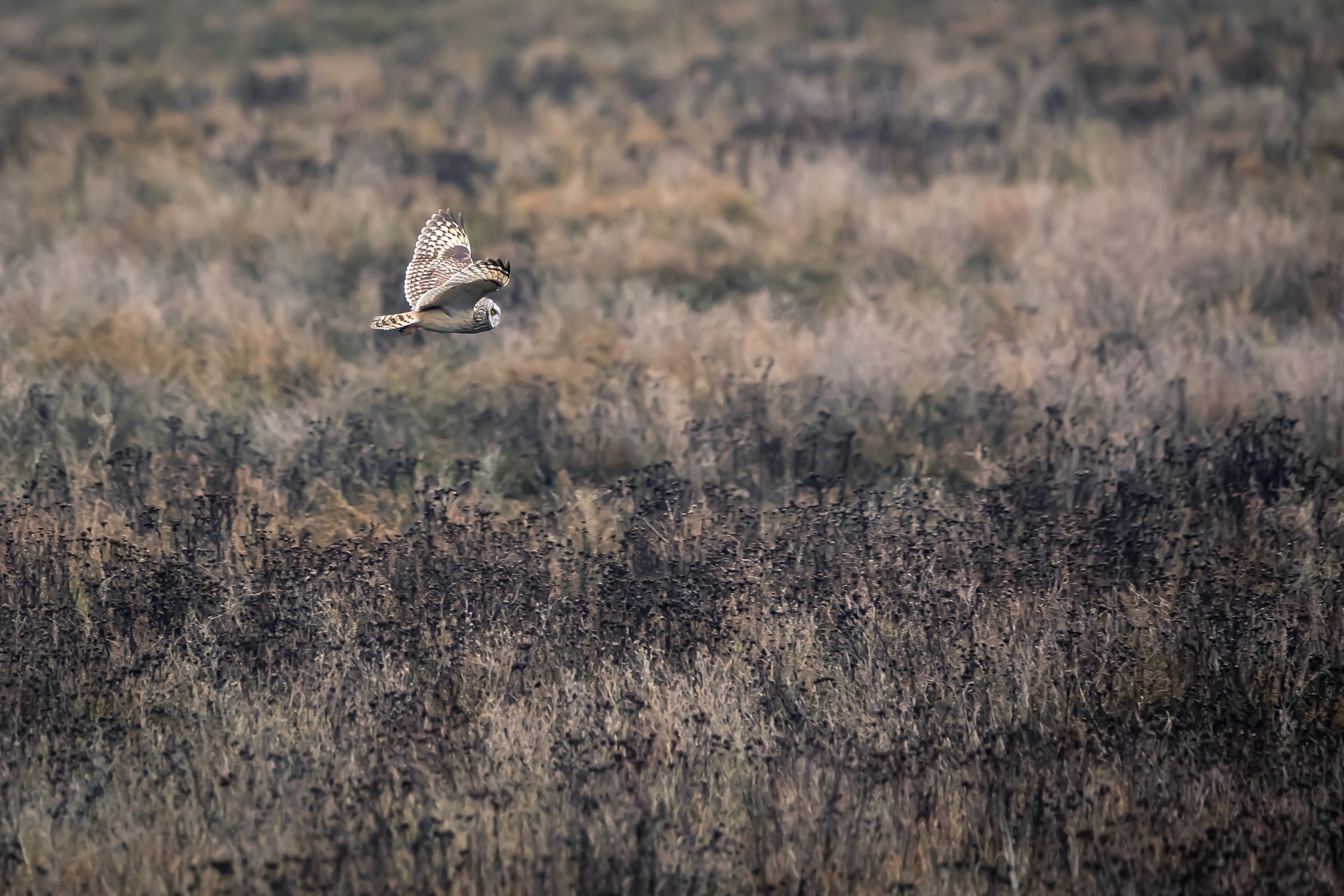New Federal Holiday: National Day for Truth and Reconciliation
/Last updated 9/27/22.
haida artist tamara bell’s memorial for the 215 indigenous children who died at KAMLOOPS residential school, on the steps of the vancouver art gallery. Photo by Sonya Romanovska on Unsplash.
Update — Orange Shirt Day event on Sept. 30, 2021 at 12pm at šxʷƛ̓ənəq Xwtl’e7énḵ Square (previously the Vancouver Art Gallery North Plaza).
On September 30 at 12pm, visit šxʷƛ̓ənəq Xwtl’e7énḵ Square for a free performance, Xweýene:msta:m ?əkwəsqwel, seýeḿ (call to witness/listen to respected one), in honour of Orange Shirt Day.
The federal government has recently passed legislation making September 30 a federal holiday: the National Day for Truth and Reconciliation. The Government of British Columbia has also recognized this holiday, though not as a statutory holiday, but most schools, post-secondary institutions, some health sector workplaces, and Crown corporations will be closed.
The National Day for Truth and Reconciliation comes as a response to Call to Action #80 from the Truth and Reconciliation Commission’s Calls to Actions (2015). It is a day to recognize and learn more about the history of the residential school system, its part in Canada’s colonial history, and its ongoing impacts on Indigenous peoples.
80. We call upon the federal government, in collaboration with Aboriginal peoples, to establish, as a statutory holiday, a National Day for Truth and Reconciliation to honour Survivors, their families, and communities, and ensure that public commemoration of the history and legacy of residential schools remains a vital component of the reconciliation process.
—Truth and Reconciliation Commission of Canada: Calls to Action
Orange Shirt Day
Since 2013, we have observed September 30 as Orange Shirt Day, which was started by Phyllis Webstad, activist and residential school survivor.
When Phyllis was six-years-old, she wore an orange shirt given to her by her grandmother for her first day of school, only to have it, and the rest of her clothes, taken away upon her arrival. Watch Phyllis’ story here and read more about the significance of the orange shirt and the movement Phyllis has inspired here.
During the week leading up to and on September 30, we will be recognizing Orange Shirt Day. We encourage you to take the day to learn more and reflect.
If you are interested in showing support and donning orange, we encourage you to purchase your orange shirts from Indigenous shops and organizations, or vendors that directly support Indigenous peoples. Please see a list of vendors under “Resources” below.
Resources
Content warning: Many of these websites and sources deal with sensitive and disturbing content. If you or someone you know needs support, there are 24-hour crisis lines available:
1-866-925-4419 (First Nations Health Authority Residential School Crisis Line)
1-800-721-0066 (Indian Residential School Survivors Society Crisis Line)
Websites
Videos & Documentaries
Articles & Documents
“Survivor: The story of Phyllis Webstad and Orange Shirt Day” by Lisa Charleyboy (Canadian Geographic)
“The past is not the past for Canada's Indigenous peoples” (The Lancelet editorial)
“The Residential School System” by Erin Hanson, Daniel P. Gamez & Alexa Manuel (Indigenous Foundations)
Orange Shirts
Indigenous owned and operated vendors, and vendors that support Indigenous creators, for orange shirts. If we are missing anything that you would like to see added, please let us know!
Make sure to check the “About” or “FAQ” page of any source you visit when purchasing orange shirts.
We are settlers living, working, and playing on the stolen, unceded, and traditional lands of the sq̓əc̓iy̓aɁɬ təməxʷ (Katzie), Sḵwx̱wú7mesh Úxwumixw (Squamish), səl̓ilw̓ətaʔɬ (Tsleil-Waututh), and xʷməθkʷəy̓əm (Musqueam) peoples.



